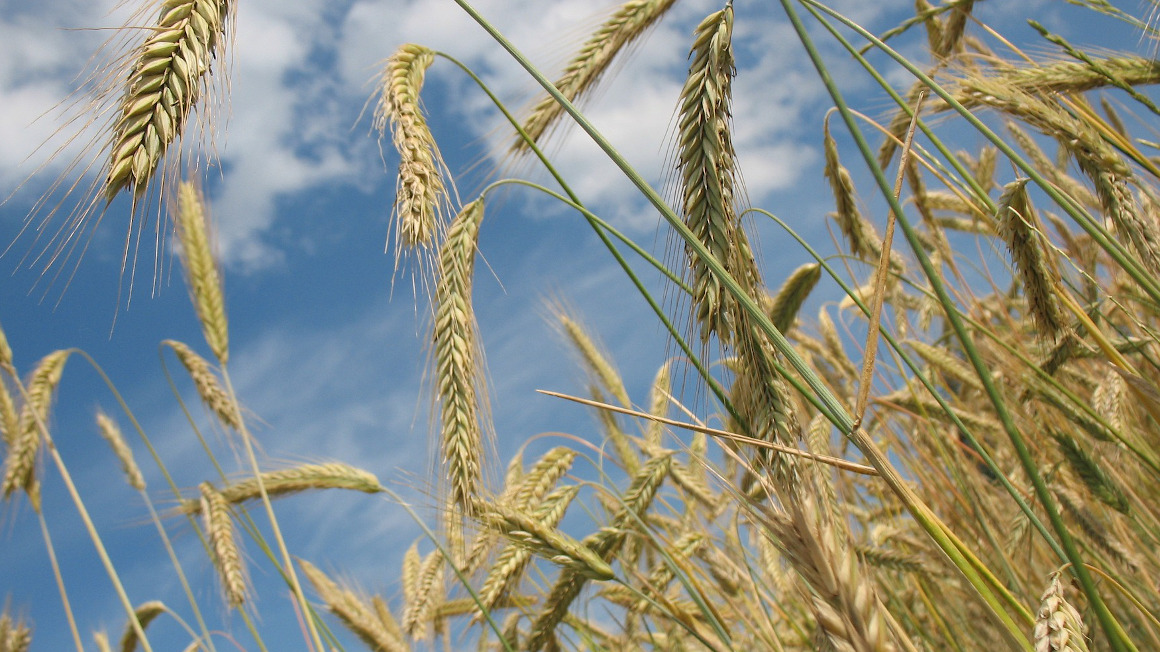Higher wheat yields with silicon fertilizers
One-time fertilization with amorphous silicate could be enough to significantly improve nutrient and water availability and thus yields in wheat. This is shown by a recent study by ZALF.

In agriculture, large quantities of fertilizers are often used to increase yields per unit area. However, this practice has long been controversial because it damages soils, the environment and the climate alike. In addition, heat and drought are putting increasing pressure on soils and crops, leading to crop failures. How can we prevent soils from drying out while increasing yields to ensure food security in the future? A study led by the Leibniz Center for Agricultural Landscape Research (ZALF) provides promising results.
Field test with artificial amorphous silicate
A team led by Jörg Schaller has studied the effects of silicon fertilizer on wheat yields for the first time. In a field trial in Brandenburg, the field was fertilized with artificially produced "amorphous silicate". This is a silicon compound that occurs in natural soils in small amounts of about one to six percent. This highly reactive substance is formed during the weathering of rock and is taken up by plants, where it gives leaves and stems the necessary stability and keeps away predators. And that's not all: the amorphous silicate also improves the availability of nutrients and water to plants.
Wheat yield increased by 80%
On fields that have been intensively cultivated for decades, however, these precious silicon compounds are hardly present. In the field trial, a small amount of the artificially produced silicate fertilizer was applied to a wheat field and the effect was compared with a conventionally managed field. The result was clear: even a small amount of silicon fertilizer was enough to increase wheat yield by over 80%. "If the top 20 centimeters of the soil layer have one percent more silicate, we have about 40% more water available to plants," explains Jörg Schaller.
High water availability helps bridge periods of drought
According to the researchers, the amorphous silicate acts like a sponge. It can store seven to eight times its own weight in water and release it to the plants in the soil. The significantly increased water availability could bridge periods of drought and prevent crop failures. The researchers believe that silicon fertilization, even when applied once, can have a decades-long effect and make crop production more sustainable and environmentally friendly. The fact that the plant produces more biomass also means that more organic carbon in the form of straw enters and is sequestered in the soil, improving soil fertility, the researchers write.
Despite the positive results, there are still some unanswered questions - especially regarding the negative effects of silicon fertilization, which depend on the right amount of fertilizer.
bb


